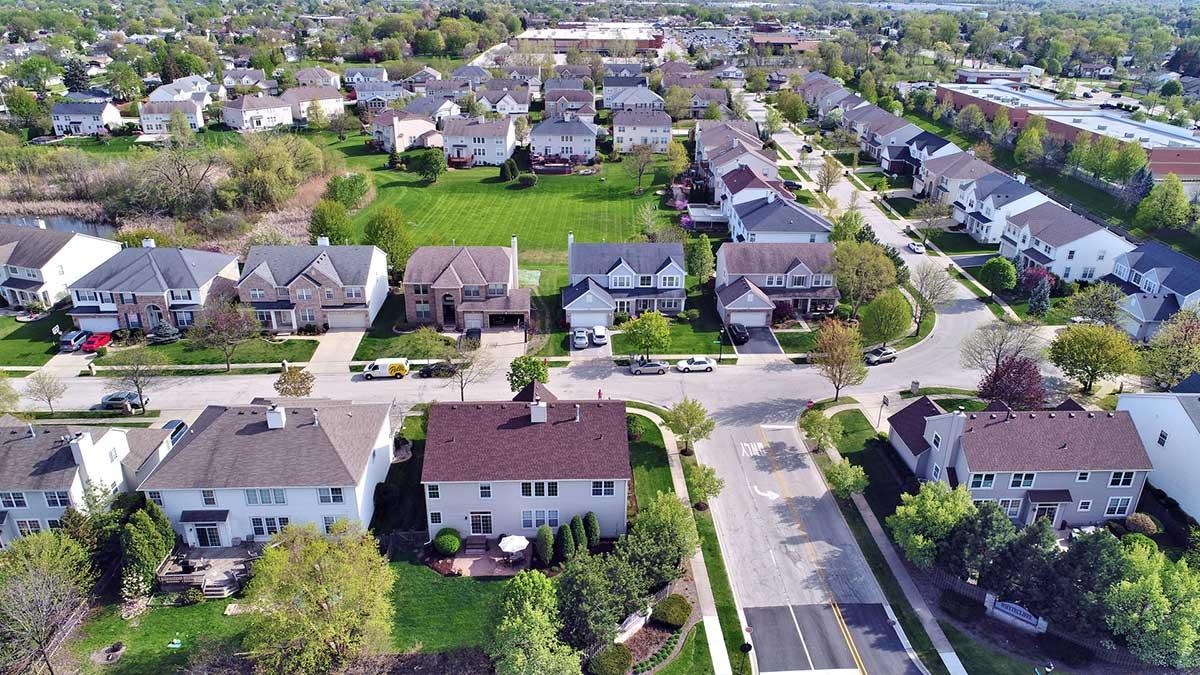Welcome to Investment Housing Specialists
Partner with a Local Real Estate Expert Backed by 45+ Years of Experience.
Real Estate Investors
We know that real estate is one of the biggest investments you’ll ever make, and we’re here to make the process as smooth and rewarding as possible. Here’s what sets us apart:

Boutique Attention: As a referral-based business, we prioritize quality and customer satisfaction over high-volume transactions.
Local Expertise: With deep knowledge of the Tri-Cities area, we can help you find the perfect property or buyer.
Personalized Service: Your needs, wants, and desires are our priority. We’ll work closely with you to deliver results that exceed your expectations.
How We Can Help You
Whether you’re buying your first home, selling a property, or looking to invest, Investment Housing Specialists is your trusted partner. Explore our services:

Buying: Let us help you find your dream home or the perfect investment property.
Selling: We’ll market your property with precision and care to maximize your return.
Investing: With years of real estate expertise, we’ll help you identify and secure profitable opportunities.
We’re here to guide you every step of the way, no matter where you are on your real estate journey.
Explore Our Resources
Our website is a treasure trove of information designed to empower your real estate decisions. Whether you’re looking to
buy, sell, or invest, you’ll find valuable resources to help you:

Market insights and trends
Property management expertise
Tips for navigating the real estate process
Feel free to reach out if you have any questions or need guidance—we’re always happy to help!
MEET THE FOUNDERs
Randy & Jana

At Investment Housing Specialists, we are proud to be an independently owned, boutique real estate firm located in the heart of the Tri-Cities area. Our team is passionate about helping individuals, families, and investors achieve their real estate dreams. With a focus on quality over quantity, we’re dedicated to providing personalized care and unparalleled service to every client we work with.
Boutique Attention
Local Expertise
Personalized Service

Blogs

Renters Beware: The Return of Rising Rents and What It Means for Investors
For the past few years, renters across many U.S. cities have enjoyed a rare period of relief in the housing market. Falling rents and a surge of new apartment construction temporarily shifted power toward renters, especially in larger metropolitan areas. Meanwhile, smaller or tertiary markets remained relatively flat or experienced modest increases as they tried to catch up. However, this renter-friendly era is coming to an end, and the latest multifamily market trends show a significant shift underway. Whether you're a renter, landlord, or real estate investor, understanding these changes is crucial.

The End of the Renter-Friendly Market
With mortgage rates still hovering at historically high levels and new construction starting to slow dramatically, landlords are beginning to regain leverage. According to CoStar, by late 2025, every primary metro market is expected to experience rent growth. This marks the end of a short-lived period where renters held the upper hand.
This change is happening at a pivotal time for the U.S. economy. The Federal Reserve's ongoing efforts to control inflation have been partially successful, with shelter costs rising at just 4.4% annually as of January 2024—the lowest rate since 2022. However, with rent growth expected to resume across the country, shelter costs may accelerate again, keeping overall inflation elevated. This makes future interest rate cuts from the Fed less likely, creating further headwinds for those looking to expand their real estate portfolios.
Multifamily Market Trends Driving the Shift
Regional Variations
The resurgence of rent growth isn’t uniform across the country. The Sun Belt and Mountain West regions—hotspots for multifamily development over the last few years—have been dealing with an oversupply of new units, which temporarily slowed rent increases. However, as these regions absorb new inventory, they are expected to stabilize, with rent growth returning in 2025.
In contrast, regions like the Midwest and Northeast have not experienced the same level of new construction. These markets, which saw more modest rent increases during the pandemic, are now positioned to outperform, benefiting from tighter supply and consistent demand.
Supply and Demand Imbalances
The multifamily construction pipeline is drying up fast. Construction starts are projected to be 74% lower in 2025 compared to their 2021 peak. Developers are facing higher costs, tougher lending standards, and difficulty securing equity due to rising interest rates. While demand for rental housing remains strong, new supply is set to decline significantly, which will only add more pressure to the market over the next few years.
Compounding Challenges for New Supply
Adding to the pressure on the multifamily housing market are two major policy threats:
Mass deportations: Approximately 13% of the U.S. construction workforce is made up of undocumented workers. Large-scale deportations would shrink the labor pool, drive up wages, and cause project delays.
Tariffs on building materials: The U.S. relies heavily on materials from Canada and Mexico, which together supply roughly 25% of the country's building materials. Tariffs on these imports would further increase costs, making new developments even less financially feasible.
These issues are already having an impact. As of mid-2024, building permits for multifamily units have dropped 31% year-over-year. High construction costs, restrictive zoning laws, inflation, and tighter credit have all contributed to this decline. With fewer projects in the pipeline, the available rental housing supply is expected to tighten considerably over the next 12-24 months.
What Renters and Investors Should Expect
Looking ahead, vacancy rates are expected to increase slightly in the short term due to the recent wave of new units hitting the market. However, experts forecast moderate rent growth across most regions.
Freddie Mac projects 2.2% rent growth in 2025 with vacancy rates rising to 6.2%.
CBRE is slightly more optimistic, forecasting 2.6% rent growth and a vacancy rate under 5%, citing strong demand and fewer new completions.
For investors, this signals a pivotal moment. With the market transitioning out of a brief renter-friendly period, savvy investors are looking for opportunities to position themselves for the next wave of growth.
Why Now May Be the Time to Invest
At first glance, today's market might appear challenging. High interest rates, sticky inflation, and global uncertainty are causing many to hesitate. But veteran investors like Ken McElroy see this as the perfect time to act. The combination of strong renter demand, slowing new supply, and rising rents creates ideal conditions for long-term value growth.
Cap rates have flattened, and property values have adjusted, opening the door for value-driven investors who are willing to take a long-term view. Investors who focus on multifamily investment opportunities in high-demand markets stand to benefit from the next cycle of rent growth and appreciation.
As Warren Buffett famously said:
“Be fearful when others are greedy, and be greedy when others are fearful.”
Why Multifamily Remains a Strong Asset Class
Despite the current challenges, multifamily real estate remains one of the most resilient and attractive sectors for long-term investors. Several key factors continue to support demand:
Home prices are still rising, keeping many would-be buyers in the rental market.
Inventory for single-family homes remains historically low.
Millennials and Gen Z are forming new households, often preferring rentals in affordable, urban areas.
Multifamily properties have a track record of outperforming other real estate sectors during economic downturns.
These fundamental strengths make multifamily real estate a strategic choice for those seeking both stability and growth.
Final Thoughts
The multifamily housing market is entering a new phase. We're shifting from oversupply and declining rents back into a period of increasing rents and tightening inventory. For renters, this means higher costs. For investors, it signals an opportunity to buy smart, add value, and benefit from long-term appreciation and cash flow.
Let's connect if you're interested in learning how to leverage these trends or exploring ways to combine impact investing with long-term financial growth. The next chapter of multifamily investing is already being written. Will you be part of it?
Investing for Impact,
Randy Hubbs
📧 [email protected]
🌐 www.LegacyInvestors.US
📆 Schedule a Call with Randy

Innovation
Fresh, creative solutions.

Integrity
Honesty and transparency.

Excellence
Top-notch services.

COMPANY
LEGAL
Copyright 2025. IHS. All Rights Reserved.

